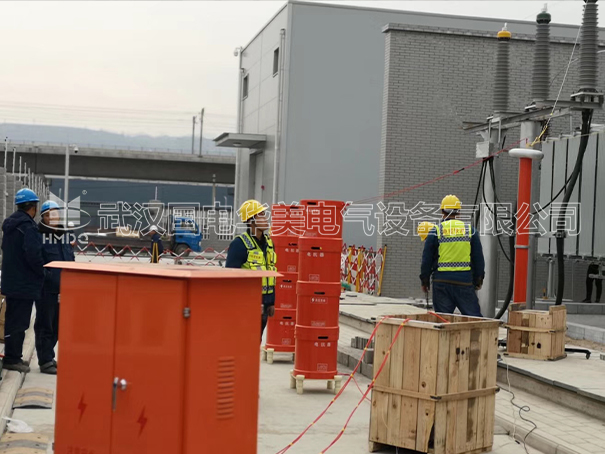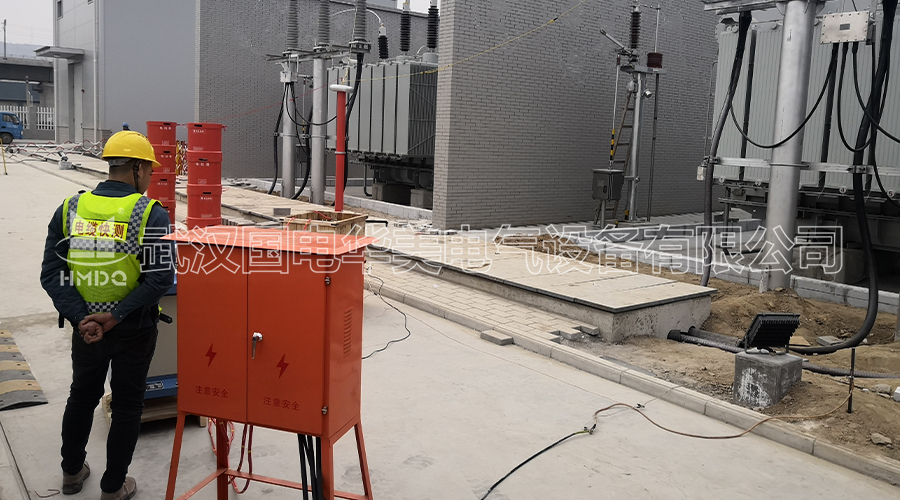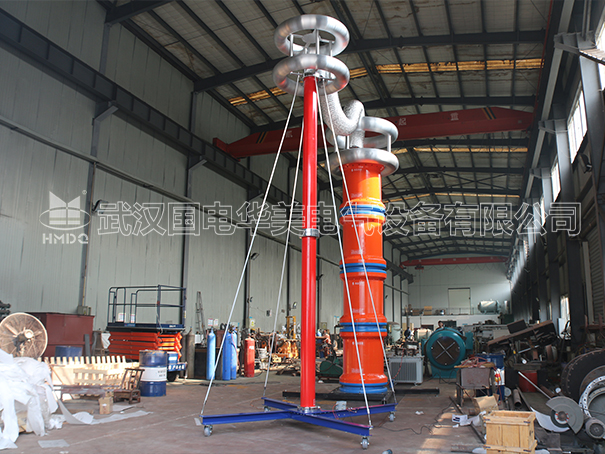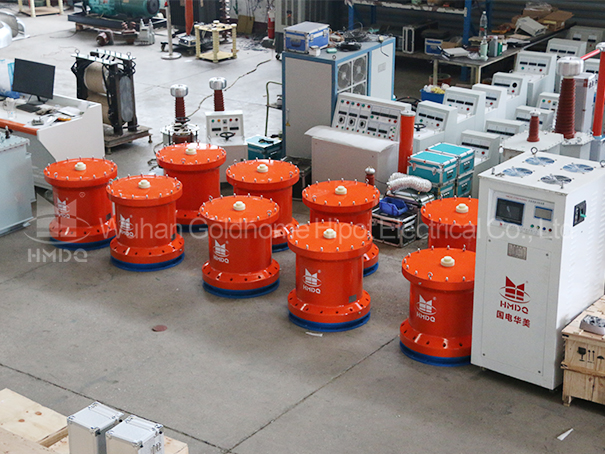Forced oscillation in AC resonance test equipment

For the purpose of conducting resonance testing in communication devices,forced oscillation is an essential component of the experimental setup.This technique involves the application of an external driving force to induce vibrations in the system under investigation.By subjecting the device to controlled oscillations,researchers can analyze its response at different frequencies and identify resonant modes.This essay will explore the significance of forced oscillation in communication resonance testing and its implications for device performance evaluation.
The primary objective of resonance testing in communication devices is to identify the natural frequencies at which the system exhibits maximum response.This information is crucial for designing and optimizing devices to operate efficiently within their intended frequency range.Forced oscillation allows researchers to systematically explore the device's response across a wide range of frequencies,enabling them to identify resonant modes accurately.
In a typical forced oscillation setup,an external driving force is applied to the device under test.This force can be generated using various mechanisms,such as an electromagnetic shaker or a piezoelectric actuator.The frequency and amplitude of the applied force can be precisely controlled,allowing researchers to examine the device's response at different excitation levels.
By varying the frequency of the driving force,researchers can determine the natural frequencies at which the device exhibits resonance.Resonance occurs when the frequency of the applied force matches one of the natural frequencies of the system.At resonance,the amplitude of the device's response is significantly amplified,indicating a strong coupling between the driving force and the system's dynamics.This phenomenon is of utmost importance in communication devices,as it helps identify critical frequencies that may lead to performance degradation or even failure.
Furthermore,forced oscillation provides valuable insights into the device's dynamic behavior.By analyzing the amplitude and phase of the device's response at different frequencies,researchers can gain a deeper understanding of its frequency response characteristics.This information is crucial for designing filters,amplifiers,and other components that need to operate within specific frequency ranges.It also aids in identifying potential sources of interference or instability within the device.
In addition to frequency response analysis,forced oscillation can be used to evaluate the device's robustness and durability.By subjecting the system to controlled vibrations,researchers can simulate real-world conditions and assess its performance under different environmental factors.This testing can help identify weak points in the device's structure,detect potential resonance issues,and improve its overall reliability.
In conclusion,forced oscillation plays a vital role in communication resonance testing.By subjecting the device to controlled vibrations,researchers can identify its natural frequencies,analyze its frequency response characteristics,and assess its robustness.This information is crucial for designing and optimizing communication devices to operate efficiently within their intended frequency range.Therefore,incorporating forced oscillation techniques in resonance testing is essential for ensuring the reliability and performance of communication devices.
The primary objective of resonance testing in communication devices is to identify the natural frequencies at which the system exhibits maximum response.This information is crucial for designing and optimizing devices to operate efficiently within their intended frequency range.Forced oscillation allows researchers to systematically explore the device's response across a wide range of frequencies,enabling them to identify resonant modes accurately.
In a typical forced oscillation setup,an external driving force is applied to the device under test.This force can be generated using various mechanisms,such as an electromagnetic shaker or a piezoelectric actuator.The frequency and amplitude of the applied force can be precisely controlled,allowing researchers to examine the device's response at different excitation levels.
By varying the frequency of the driving force,researchers can determine the natural frequencies at which the device exhibits resonance.Resonance occurs when the frequency of the applied force matches one of the natural frequencies of the system.At resonance,the amplitude of the device's response is significantly amplified,indicating a strong coupling between the driving force and the system's dynamics.This phenomenon is of utmost importance in communication devices,as it helps identify critical frequencies that may lead to performance degradation or even failure.
Furthermore,forced oscillation provides valuable insights into the device's dynamic behavior.By analyzing the amplitude and phase of the device's response at different frequencies,researchers can gain a deeper understanding of its frequency response characteristics.This information is crucial for designing filters,amplifiers,and other components that need to operate within specific frequency ranges.It also aids in identifying potential sources of interference or instability within the device.
In addition to frequency response analysis,forced oscillation can be used to evaluate the device's robustness and durability.By subjecting the system to controlled vibrations,researchers can simulate real-world conditions and assess its performance under different environmental factors.This testing can help identify weak points in the device's structure,detect potential resonance issues,and improve its overall reliability.
In conclusion,forced oscillation plays a vital role in communication resonance testing.By subjecting the device to controlled vibrations,researchers can identify its natural frequencies,analyze its frequency response characteristics,and assess its robustness.This information is crucial for designing and optimizing communication devices to operate efficiently within their intended frequency range.Therefore,incorporating forced oscillation techniques in resonance testing is essential for ensuring the reliability and performance of communication devices.




